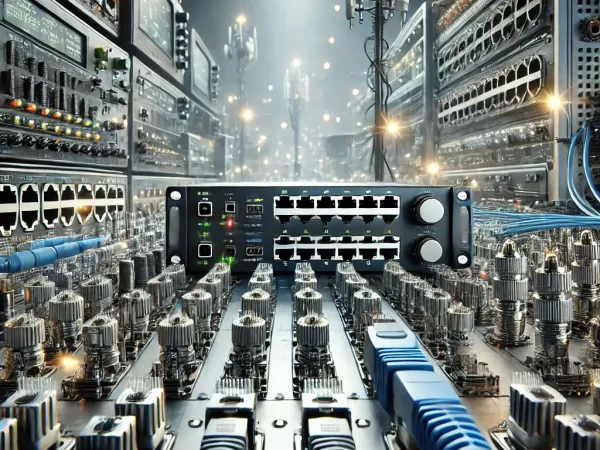Connecting the future: exploring the key technologies and applications of connectors in modern communication equipment

In modern communication technology, connectors play a vital role. They are not only responsible for connecting various devices together, but also ensuring the efficient transmission of data in the network. With the development of technology, the types and functions of communication equipment connectors have continued to evolve, promoting the progress of the communication industry.
Connectors are components used in electrical and electronic devices to connect two circuits. They usually consist of a plug and a socket, which can transmit signals and power. The design of the connector must not only take into account the firmness of the physical connection, but also ensure electrical performance and durability.
Common connector types in communications equipment
In communication equipment, commonly used connectors include:
RJ45 connector : widely used for Ethernet connections, suitable for home and enterprise networks. RJ45 connector supports high-speed data transmission and is an indispensable part of network equipment.
Fiber optic connectors : including SC, LC, ST and other types, used to connect fiber optic equipment to ensure high-speed, high-bandwidth optical signal transmission, commonly used in data centers and long-distance communications.
Coaxial connector : used in television and broadcasting equipment to efficiently transmit radio frequency signals. BNC connector is a common type of coaxial connector.
USB connector : USB-C connector is increasingly used in communication equipment, supporting data transmission and power delivery, and is particularly suitable for mobile phones, computers and other devices.
When choosing a connector, the following technical parameters are crucial:
Transmission rate : The transmission rate of the connector directly affects the efficiency of data transmission. For example, the standard rate of the RJ45 connector can reach 1Gbps, while the fiber optic connector can achieve a higher rate.
Plugging and unplugging life : The number of plugging and unplugging times of a connector indicates its durability. Connectors that are usually required to be highly durable perform well in situations where they are frequently plugged and unplugged.
Anti-interference ability : A good connector should have strong anti-electromagnetic interference ability to ensure stable signal transmission.
With the popularization of 5G technology and the rapid development of the Internet of Things, the communication equipment connector market is experiencing rapid growth. Emerging wireless communication technologies and network equipment continue to drive the demand for high-performance connectors. In addition, the trend of miniaturization and intelligence of connectors is also continuing, and more and more miniaturized and high-density connectors have emerged.
In the future, communication equipment connectors will continue to develop towards higher speeds and smaller volumes. New technologies such as optoelectronic hybrid connectors will gradually become popular, promoting efficient and stable data transmission. At the same time, with the deepening of the concept of sustainable development, the research and development and application of environmentally friendly connectors will also become an important direction in the future.
Connectors in communication equipment are an indispensable part of modern communication. With the advancement of technology and changes in market demand, the connector industry will usher in more innovations and challenges. Understanding the types and technical parameters of connectors is crucial to improving the performance of communication equipment.
Welcome everyone to discuss more possibilities of connectors with us, let us look forward to the future development of the connector industry together!
If you need our technical support, please contact: lilian@easychipsconnector.com, thank you!